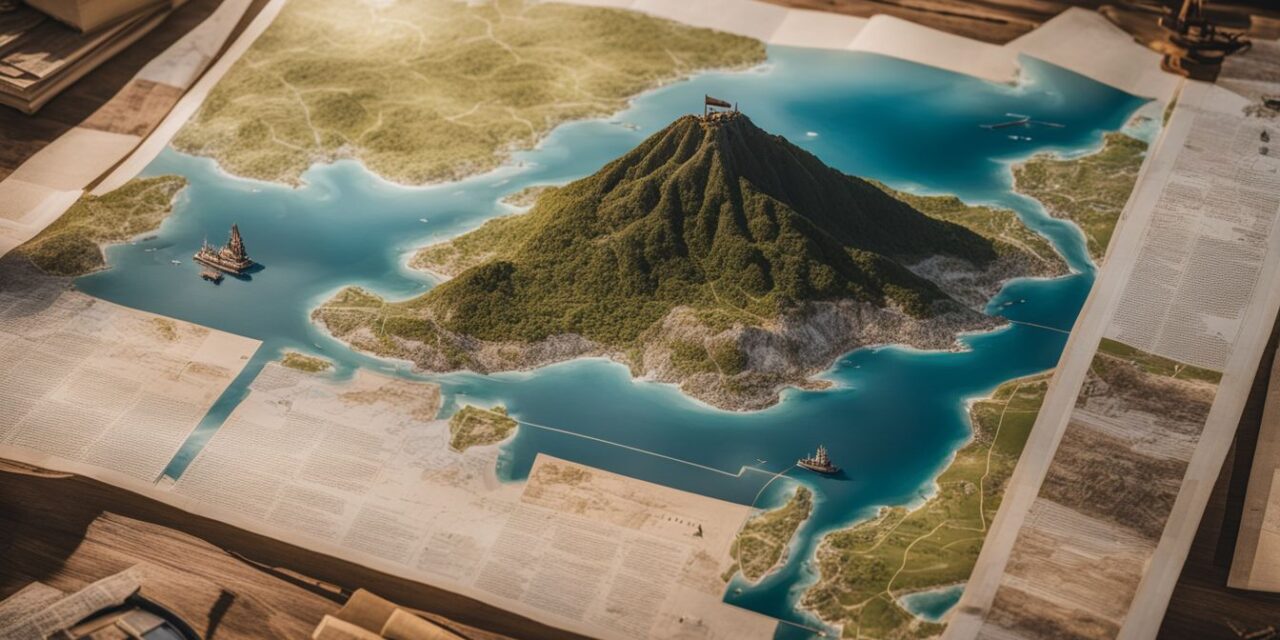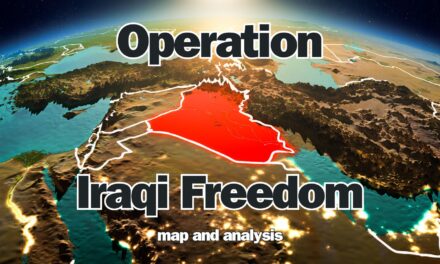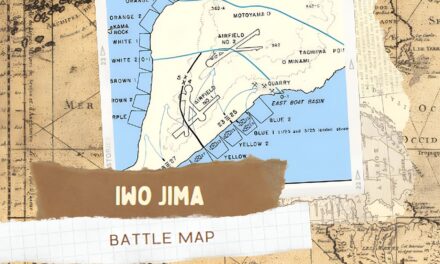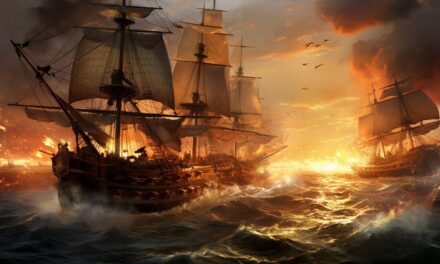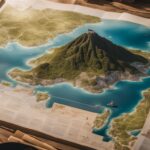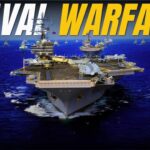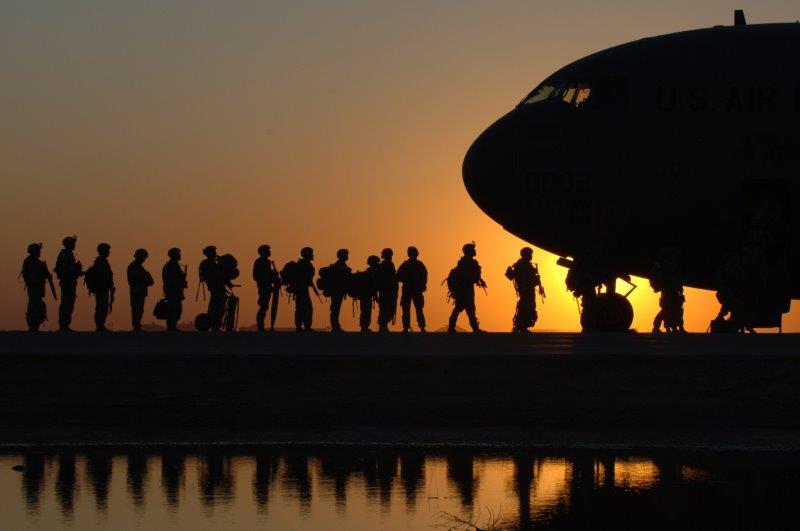Understanding the Battle map of Okinawa can be challenging. Many readers find it difficult to grasp the scale and significance of this historic World War II conflict without a clear visual representation.
The Battle of Okinawa, fought in 1945, stands as one of the largest amphibious assaults in the Pacific Theater, marking a pivotal moment in the closing stages of the Second World War.
This article offers insights into the strategic planning, fierce combat on land and at sea, and profound human costs associated with this battle. Through examining detailed battle maps and archival materials, we aim to provide a clearer understanding of how this engagement unfolded.
By doing so, we shed light on an important chapter in world history that shaped international relations for decades to come. Discover more by reading on.
Key Takeaways
- Allied forces, including the U.S. Tenth Army and British Pacific Fleet, launched a massive attack on Okinawa in April 1945. This battle was one of the last major ones in World War II.
- The fight included both land and sea battles with heavy use of kamikaze attacks by Japanese forces. The naval engagement saw the sinking of the Yamato ship, marking Japan's losing naval power.
- In southern Okinawa, fights around places like Shuri Castle were especially fierce. Both sides suffered huge losses there.
- Casualties were high for both military personnel and civilians. Over 12,500 U.S., between 77,000 to 110,000 Japanese soldiers died, and civilian deaths ranged from 40,000 to 150,000.
- Today, memorials on Okinawa honor those who died in the battle. The island also hosts American military bases like Kadena Air Base as part of ongoing security efforts in Asia-Pacific.
Planning and Preparations for the Battle of Okinawa
The Battle Map of Okinawa Operation Iceberg provides a detailed overview of the military operations during the Battle of Okinawa, which took place in 1945 during World War II. The map is divided into two main sections, each highlighting different aspects of the battle.
On the left side (A), the map illustrates the Northern Operations, showing the American amphibious landings and subsequent advances against Japanese positions. The map indicates the dates and locations of key events, such as the first planned air and kamikaze attacks, the landing of various divisions, and the progression of the front lines as the U.S. forces moved northward. Notable features include the landing beaches, the movement of the U.S. Army's Tenth Army divisions, and the areas of fierce Japanese resistance.
The right side (B) of the map focuses on Japanese Defensive Operations in Okinawa, detailing the dispositions of the Japanese Thirty-Second Army. It shows the major airfields, the locations of special units such as the naval base and besieged troops, and the main areas of Japanese strength. The map also provides numerical data on the Japanese forces, including infantry combat units, special troops, artillery, and conscripted Okinawans.
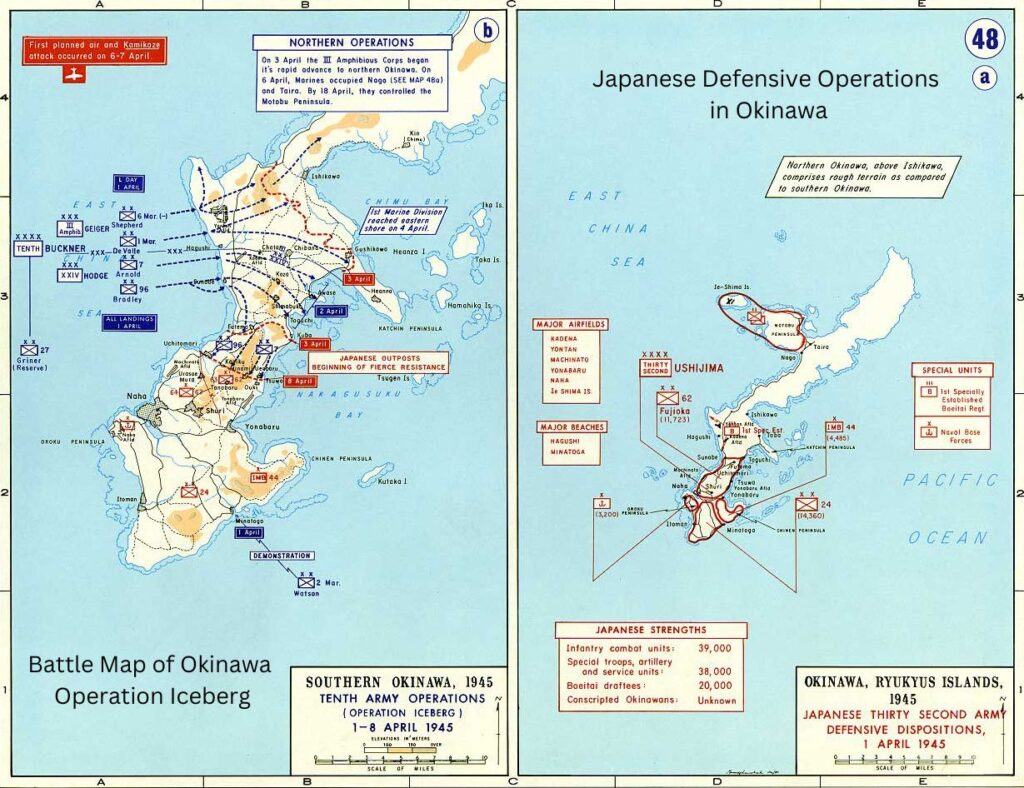
Allied forces meticulously planned the invasion of Okinawa, codenamed Operation Iceberg, setting the stage for a pivotal Pacific battle in April 1945. Japanese troops fortified the island, preparing for a fierce defense against the anticipated amphibious assault.
| Symbol | Description | Significance |
|---|---|---|
| Red Arrow | First planned air and kamikaze attack on 6-7 April | Indicates the direction and timing of Japanese air attacks against U.S. forces |
| Blue Arrow | U.S. amphibious landings and advances | Shows the movement and progression of U.S. forces during the operation |
| XXX | U.S. Army Corps | Represents the larger formations of the U.S. Army involved in the battle |
| XX | U.S. Army Division | Indicates specific U.S. Army divisions participating in the operations |
| X | U.S. Army Regiment or Brigade | Marks the regiments or brigades within the divisions |
| Red Rectangle with Red X | Japanese outposts and Troops | Identifies the locations of Japanese defensive positions |
| Red Rectangle with Dates | Beginning of fierce resistance | Marks areas where U.S. forces encountered strong Japanese resistance |
| Black Dot | Major airfields | Indicates the location of significant airfields under Japanese control |
| Red Anchor | Naval Base | Identifies the location of Japanese naval bases |
| Red Rectangle with Red "B" | Special units | Indicates the presence of specialized Japanese military units |
Invasion and preliminary operations
The invasion of Okinawa, codenamed Operation Iceberg, began on April 1, 1945. U.S. forces executed a massive amphibious assault on the Hagushi beaches on the west coast of Okinawa.
This marked one of the largest beach landings in the Pacific Theater during World War II. Troops from the United States Army and Marine Corps stormed ashore, facing minimal initial resistance from Japanese forces.
Preparatory operations included weeks of intense naval bombardment and air strikes targeting Japanese defenses on Okinawa. These efforts aimed to weaken Japan's military capability before ground troops landed.
Specialized units conducted reconnaissance missions to gather crucial information about enemy positions and fortifications. The strategy allowed for a well-coordinated attack that set the stage for one of the bloodiest battles in the Pacific War.
Order of battle for Allied and Japanese forces
Understanding the scale and composition of forces involved in the Battle of Okinawa is crucial for comprehending the strategic and tactical dynamics of one of World War II's most significant conflicts. This section outlines the order of battle for both Allied and Japanese forces, providing insight into the vast resources mobilized for this extensive operation.
| Side | Force Composition | Main Units Involved |
|---|---|---|
| Allied Forces | U.S. Tenth Army Several U.S. Marine and Army Divisions | U.S. 1st, 2nd, and 6th Marine Divisions U.S. 7th, 27th, 77th, and 96th Army Infantry Divisions British 1st Aircraft Carrier Squadron Task Force 58 and Task Force 57 |
| Japanese Forces | 32nd Army Various Naval and Air Units Volunteer Militia Units | 9th, 24th, and 62nd Infantry Divisions 44th Independent Mixed Brigade Naval Base Forces Kamikaze and Kaiten Units |
This table illustrates the comprehensive nature of the forces deployed by both sides, highlighting the intensity and complexity of the Battle of Okinawa.
Naval and Land Battles on Okinawa
The naval and land battles on Okinawa marked a turning point in the Pacific theater, showcasing intense combat between Allied forces and the Japanese army. This phase of the conflict witnessed significant strategic maneuvers and fought hard for territorial control.
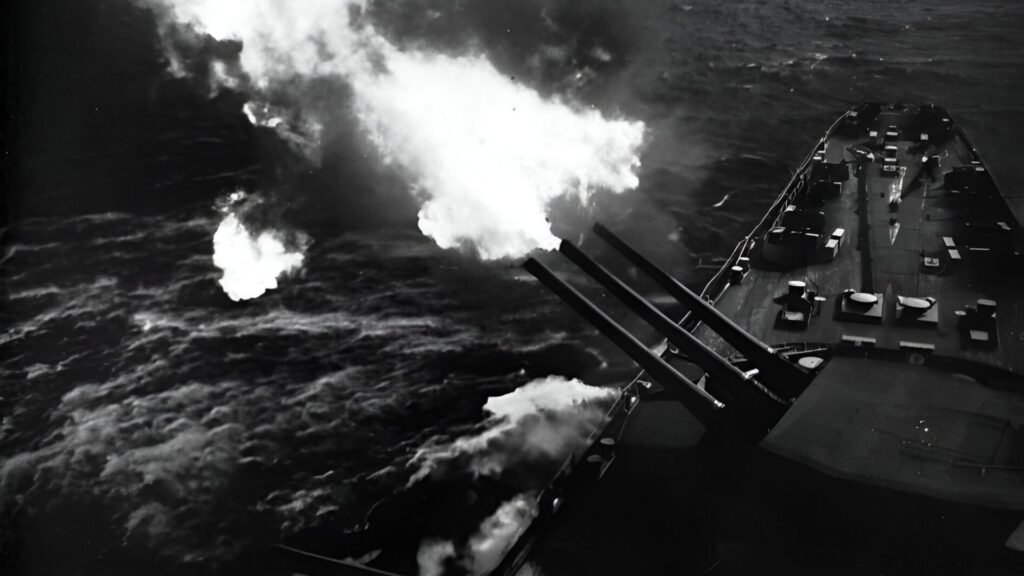
Naval battle and Operation Ten-Go
Operation Ten-Go marked a significant naval engagement during the Battle of Okinawa. Japanese forces launched this operation as a desperate kamikaze attack against Allied naval vessels.
Aimed at inflicting maximum damage, the mission involved the battleship Yamato, one of Japan's greatest naval assets, along with a small fleet escorting her. Despite their efforts, American forces detected and decimated the flotilla, sinking the Yamato before it could reach its target.
This loss symbolized Japan's diminishing naval power in the Pacific.
Allied naval superiority was evident throughout the battle for Okinawa. U.S. Navy ships provided crucial support for ground troops while warding off intense Japanese air assaults. Kamikaze attacks became a horrifyingly common threat, testing both the resolve and tactics of Allied sailors and commanders.
These engagements showcased advancements in anti-aircraft defenses and underscored the importance of air supremacy in modern naval warfare.
British Pacific Fleet involvement
The British Pacific Fleet played a crucial role in the Battle of Okinawa, showcasing the global reach and cooperation of Allied forces. Task Force 57, as it was known, provided air cover for American and Allied ships.
They also launched attacks against Japanese positions on Okinawa and nearby islands. The fleet brought together vessels from Britain, Canada, New Zealand, and Australia under one command.
Their operations included attacking airfields and supporting ground troops with bombardment of Japanese defenses. Despite facing fierce kamikaze attacks that heavily damaged several ships, the British Pacific Fleet persisted in its support roles throughout the battle.
This involvement not only demonstrated international collaboration but also underscored the strategic importance of defeating Japan to hasten the end of World War II.
Next, we delve into the intense land battles that characterized both Northern and Southern Okinawa.
Did you know: That the Battle of Okinawa was nicknamed "Typhoon of Steel" due to the ferocity of the combat and the intensity of the naval bombardment and kamikaze attacks, making it one of the most intense battles of the Pacific War?
Land battles in Northern and Southern Okinawa
Troops faced rugged terrain and fierce resistance in Northern Okinawa. American forces, including the 10th Army and divisions like the 77th Infantry Division, advanced through areas dotted with Japanese defenses.
These included machine-gun nests and fortified positions that made progress slow and costly. In contrast to other Pacific battles, where island hopping allowed for bypassing strongholds, Okinawa's strategy required direct confrontation.
In Southern Okinawa, battles intensified near key locations such as Shuri Castle. Both sides suffered heavy casualties in these confrontations. The Americans used amphibious landings to gain tactical advantages, while Japanese forces employed kamikaze attacks and traditional defense tactics.
This stage of the conflict saw a mix of conventional battle strategies and desperate measures by the Japanese defenders trying to hold onto one of the last bastions before their homeland.
Moving on from these intense land engagements, we explore the toll this battle took on both military personnel and civilians in the following section on "Casualties and Aftermath".
Casualties and Aftermath
The Battle of Okinawa resulted in significant military and civilian casualties, marking it as one of the bloodiest conflicts in the Pacific Theater. This event set the stage for pivotal changes in World War II dynamics, influencing subsequent military strategies and international relations.
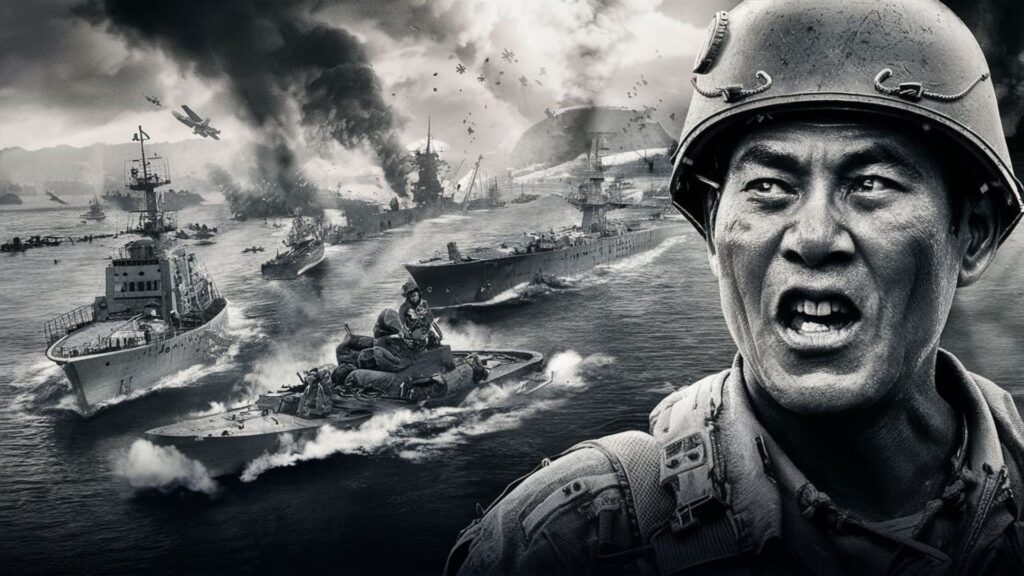
Military and civilian losses
This section delves into the grim toll of military and civilian losses sustained during the Battle of Okinawa, a pivotal conflict in the Pacific Theater of World War II. The data presented highlights the human cost of warfare and underscores the profound impact of the battle on both the military personnel involved and the civilian population of Okinawa.
| Type of Loss | Number | Description |
|---|---|---|
| US Military Fatalities | Approximately 12,500 | Includes Army, Navy, and Marine Corps personnel |
| US Military Wounded | Over 49,000 | Wounded personnel requiring medical treatment |
| Japanese Military Fatalities | Between 77,000 and 110,000 | Encompasses both Imperial Japanese Army and Naval personnel |
| Japanese Military Captured | Approximately 7,400 | Prisoners of war taken by Allied forces |
| Civilian Fatalities | Between 40,000 and 150,000 | Estimates vary widely due to the intense ground combat and lack of comprehensive records |
| Civilian Displaced | Thousands | Many civilians were forced to flee their homes due to the battle |
These figures represent the stark reality of the Battle of Okinawa, highlighting the extensive human cost that accompanied one of the last major battles of World War II.
Impact on the wider war
The Battle of Okinawa had profound effects on the final stages of World War II. It showcased the ferocity and determination with which both Allied and Japanese forces would defend their positions.
The extensive casualties and strategic implications underscored the potential cost of an invasion of the Japanese home islands. Leaders in Washington D.C., reevaluated Operation Downfall, considering alternative methods to compel a Japanese surrender without further massive losses.
Okinawa's capture provided American forces with a crucial airbase close to Japan, enabling more effective bombing campaigns and blockades. This strategic advantage hastened decisions surrounding Hiroshima and Nagasaki, leading to the deployment of atomic bombs as a means to end the war swiftly.
Ultimately, Okinawa illustrated the high stakes involved in Pacific warfare, reinforcing both sides' resolve while foreshadowing Japan’s eventual surrender in August 1945.
Did you know: That the sinking of the Japanese battleship Yamato during Operation Ten-Go was not only a significant loss for the Japanese fleet but also symbolized the end of the era of battleship dominance in naval warfare, as air power became increasingly decisive in the outcome of battles?
Memorial and current US base on Okinawa
Following the profound impact of the Battle of Okinawa on the wider war, memorials now stand as a testament to those lost. Okinawa hosts several sites dedicated to peace and remembrance.
One significant location is the Peace Memorial Park, which honors both military personnel and civilians who perished during the conflict. This site serves as a poignant reminder of the battle's toll on human life and promotes a message of peace.
Okinawa also remains home to a sizable US military presence. The island houses multiple American bases, with Kadena Air Base being one of the largest in the Asia-Pacific region. These installations play a crucial role in regional security and reflect enduring ties between Japan and the United States forged in the aftermath of World War II.
Conclusion: Battle Map of Okinawa
The Battle of Okinawa stands as a pivotal moment in World War II, revealing the intense planning and brutal fighting that characterized the conflict. Maps offer clear insights into the strategies employed by both Allied and Japanese forces.
They show how terrain and troop movements shaped one of the bloodiest battles in the Pacific. Understanding these maps highlights not only military tactics but also the human cost of war, with massive civilian and military casualties.
These insights encourage deeper exploration into history's complexities, urging us to remember those who fought and those who fell. Let's honor their memory by continuing to learn from our past, ensuring their sacrifices were not in vain.
For a detailed comparison of strategic operations in the Pacific theater, explore our in-depth analysis of the Battle Map of Iwo Jima, which provides insights into another crucial engagement of World War II.
FAQs
1. What was the Battle of Okinawa?
The Battle of Okinawa was a significant conflict during World War II. It involved a large-scale amphibious assault in the Pacific Theater, marking one of the bloodiest battles in the Pacific.
2. Why is Okinawa important in WWII history?
Okinawa held strategic importance as it was seen as a critical step for the allied forces in preparation for an eventual invasion of the Japanese homeland. Its capture would provide a base close to the Japanese main islands.
3. Who were key figures in this battle?
Significant figures included Simon Bolivar Buckner, who led American troops, and Mitsuru Ushijima, commanding Japanese forces. Admiral Chester Nimitz and Admiral Raymond Spruance played crucial roles in naval operations.
4. What happened to Ernie Pyle during this battle?
Ernie Pyle, a beloved American journalist known for his war reporting, was killed by Japanese machine-gun fire on Ie Shima, an islet west of Okinawa, during this campaign.
5. How did this battle affect local civilians?
Many Okinawans suffered greatly; there were mass suicides amid fears of capture by American troops. The civilian casualty rate was extremely high due to intense ground fighting and suicide attacks by Japanese forces.
6. What does "Typhoon of Steel" refer to?
"Typhoon of Steel" refers to the fierce and relentless combat experienced during the Battle of Okinawa, characterized by heavy artillery barrages from both sides and numerous kamikaze attacks against Allied naval forces.

